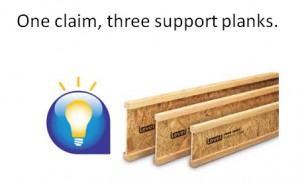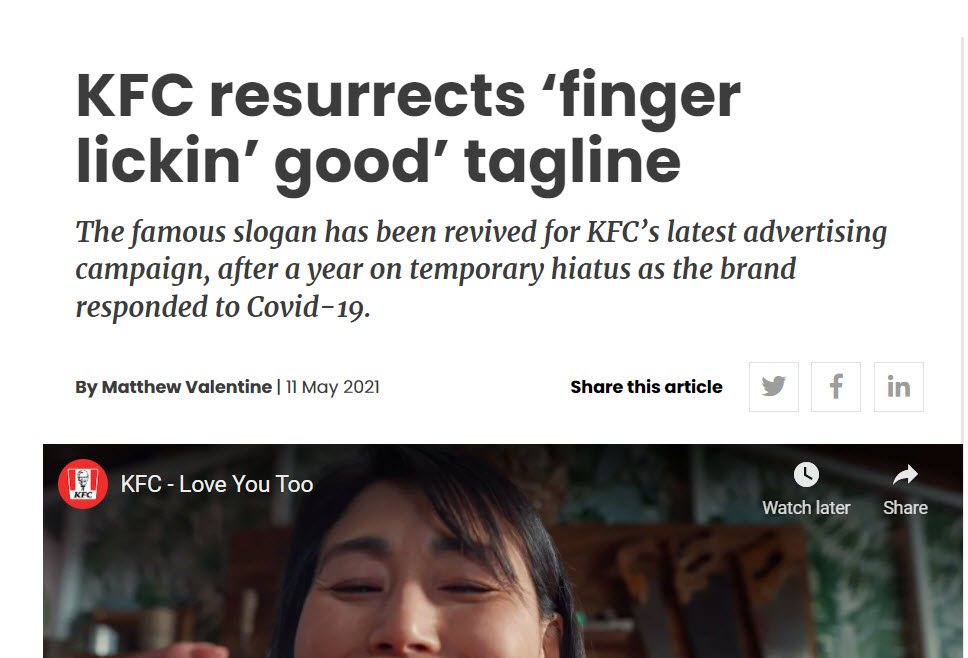Strategy Is The Cool.
When I was a kid in advertising someone suggested I take a copywriting course. Not always one in love with advice based on a criticism, I still took it to heart. After spending a couple of years with writers I decided that nothing would be cooler that to tell people I was a writer. Life didn’t work out that way. Today I’m a strategist. A very cool title.
In marketing you are either a strategist or a tactician. In marketing, tactics are what make the world turn. What makes the cash register ring. Tactics are the ballast of budgets. Heroes are made through tactics. But strategy — strategy is the air tactics breathe. The water that feeds the cells. The protein for the amino acids.
Strategy is the real cool.
Peace.







